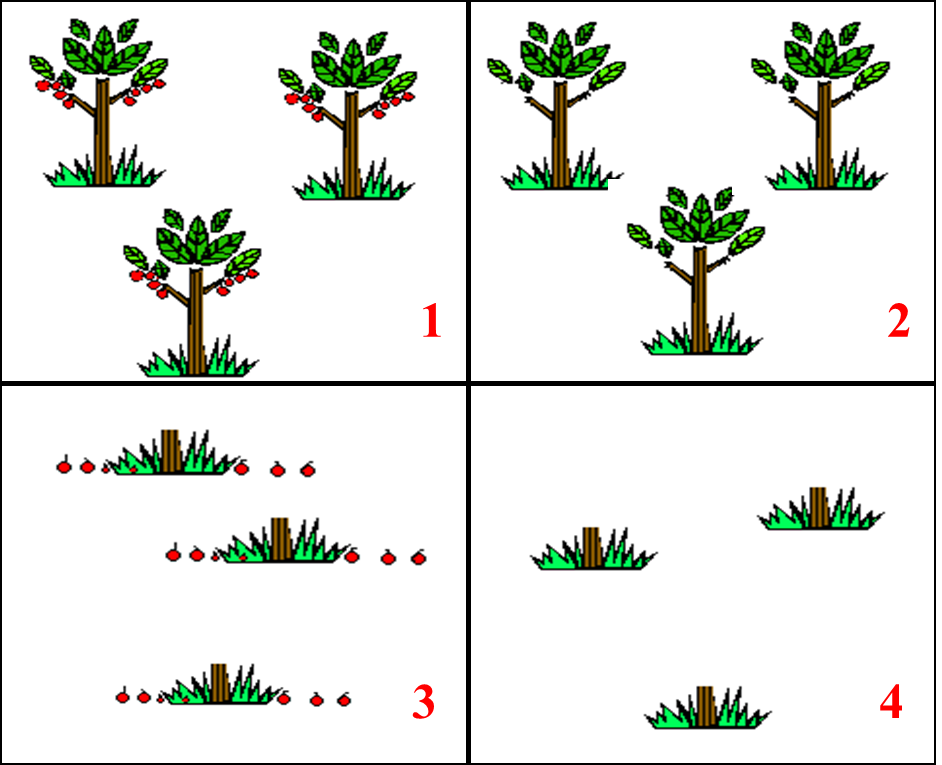Masters thesis: The ‘slow-growth-high-mortality’ hypothesis: how plant species, leaf quality, and the third trophic level contribute to the mortality of two common leaf-tying microlepidopteran herbivores (2009-2011)

I tested the slow-growth-high-mortality hypothesis, which states that plants, as a defense, slow the growth of herbivores to increase their exposure to the third trophic level. To test the hypothesis, I manipulated exposure of two common leaf-tying microlepidopterans (Psilocorsis quercicella and Pseudotelphusa quercinigracella) to the third trophic level on four species of oaks (Quercus alba, Q. velutina, Q. rubra, and Q. stellata). I found that plant traits differed among oak species and changed across the two generations of leaf-tiers. The two leaf-tier species experienced the first trophic level differently but were similarly affected by the third trophic level. Overall, mortality differed between generations, and leaf-tiers experienced much stronger bottom-up effects than top-down effects. Tree species identity resulted in differences in development time and pupal mass, however measured plant traits were not correlated with mortality, development time, or mass in P. quercinigracella and were inconsistent in P. quercicella. Additionally, the abundance of both leaf-tiers and predators, and pupal mass were highest on Q. alba, however this tree species had neither the highest or lowest leaf quality in terms of nitrogen availability. Overall the results from this study do not follow the predictions of the slow-growth-high-mortality hypothesis.







